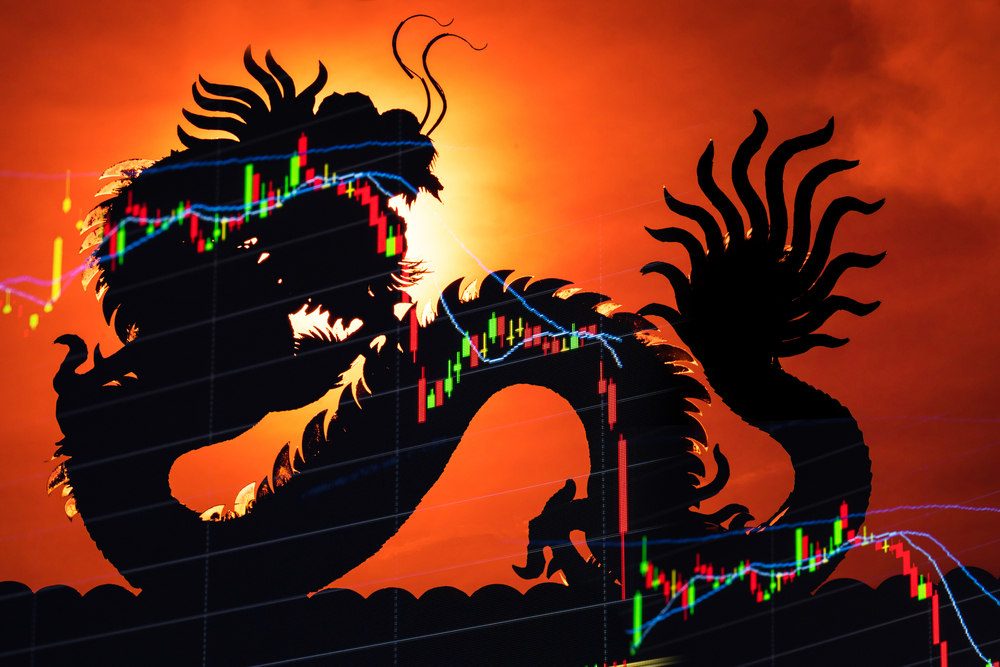Blog
BLOG: Why Asia equities are worth a second look

Guest Author:
Darius McDermottAre investors falling back in love with Asia? Well, the latest Investment Association data certainly suggests they’re seeing a few more positives.
Equity funds focused on this region enjoyed net retail inflows of £97m during May, while European, Japanese, and North American portfolios suffered outflows.
This renewed enthusiasm follows a dire few years blighted by the Covid-19 pandemic, soaring inflation and regulatory action in China. All three hit stock market returns. But will this upbeat stance last?
No-one has a crystal ball, of course, but Asia has plenty of potential positives that make exposure interesting for longer-term investors.
An overview of Asia
Asia is a fascinating region that’s made up of 48 different countries, all of which are at different stages of their development. Along with powerhouse China, there are plenty of smaller countries like Vietnam, Indonesia, and Thailand.
Those in favour of Asia point to an increasingly wealthy middle class who are helping drive demand for a vast array of goods and services. They also highlight improving financial conditions due to central banks pausing rate hikes and currencies becoming more stable.

Wellness and wellbeing holidays: Travel insurance is essential for your peace of mind
Out of the pandemic lockdowns, there’s a greater emphasis on wellbeing and wellness, with
Sponsored by Post Office
However, it’s also worth bearing in mind that Asia – along with the rest of the world – could still be adversely affected if there is a prolonged global economic downturn.
China’s power
So, what makes Asia worth a look? The first reason is China. Few investors doubt the country’s position as a major powerhouse in the global economy, despite the recent regulatory uncertainty. Not only does it boast a population of 1.4 billion people, but it’s also recently reopened in the wake of the Covid-related lockdowns, with GDP expected to increase around 5% this year.
We like FSSA All China in this space. Unlike many Chinese equity funds, it invests across the whole market. This includes the vast ‘A-share market’ that gets routinely ignored. Its managers invest in long-term, sustainable growth opportunities and focus a lot of attention on high quality businesses and management teams. While they don’t have a set target for the number of companies to invest in, the fund will typically have between 40 and 60 holdings.
Country diversification
Of course, Asia isn’t solely about China. There is also a broader growth story that’s supported by strong trends such as rising incomes and the growing middle class. For example, the Invesco Asian fund, managed by William Lam, has exposure to a range of countries from across the region.
Aside from China, South Korea is its biggest exposure with 18% of assets under management, followed by 12% in Taiwan and 12% in Hong Kong. India, Australia, Indonesia, Singapore, Thailand, and North Vietnam are among the other countries represented in the portfolio (as at 31 May 2023).
The fund’s emphasis is on finding exceptional businesses through detailed fundamental research. It typically ignores more cyclical parts of the market such as energy and materials.
Growing sectors
Although information technology is an area that’s closely associated with Asia, the region offers exposure to a diversified spread of sectors too. We can see this in the JPM Asia Growth fund, which has holdings in areas such as financials, consumer discretionary, materials, health care, and communication services, as well as IT (as at 31 May 2023).
This fund, which has been run by Joanna Kwok and Mark Davids since 2015, makes use of JPM’s impressive emerging market research team. They will invest in the shares of up to 60 companies of any size. However, they’ll generally focus on quality, growing businesses.
Innovative companies
Asia is also home to some world-leading companies. Many of these familiar names have found a home in the Schroder Asian Alpha Plus fund. The fund’s manager, Richard Sennitt, looks to exploit stock market inefficiencies to build a concentrated portfolio of predominantly larger companies.
The portfolio’s largest holding is currently in Samsung Electronics, which makes a vast array of goods, such as smartphones, tablets, and laptop computers. Another substantial holding is in the Taiwan Semiconductor Manufacturing Company. As its name suggests, it’s been one of the world’s biggest producers of semiconductors for many years.
Then there’s Tencent Holdings, the multinational technology and entertainment conglomerate, that’s involved in everything from video games to cloud computing and FinTech.
Aside from the vast opportunities, it’s also worth noting that Asian equity market valuations also look attractive today – compared to the US and Europe. And, although macro headlines may suggest growth has weakened in China, with a knock on effect on the wider Asian region, companies are being resilient and are continuing to compound their earnings and cashflow.
The key takeaway for investors seems to be, despite the dip in growth forecasts, quality companies, and the earnings resilience they provide, will be the winners at the end of the day.
Darius McDermott is managing director of Chelsea Financial Services & FundCalibre